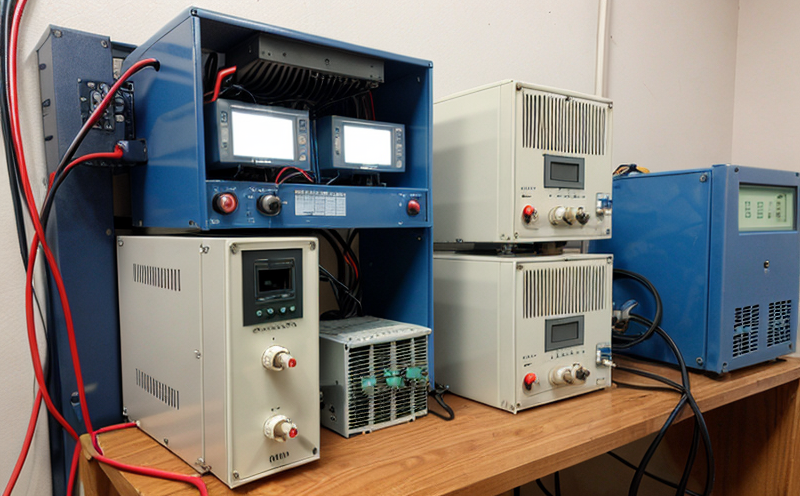UIC 552 Testing of Power Distribution in Railways
The UIC 552 standard is a critical benchmark for testing power distribution systems within railway infrastructure. This standard ensures the safe and efficient operation of electrical systems, which are paramount for the seamless functioning of modern rail transport networks.
UIC 552 addresses the testing requirements for power distribution systems in railways, focusing on ensuring that these systems meet stringent quality and reliability criteria as per international standards such as ISO and ASTM. The standard is widely recognized by railway operators worldwide for its comprehensive approach to assessing the electrical integrity of critical infrastructure.
The testing process under UIC 552 involves several steps designed to evaluate the performance, safety, and reliability of power distribution systems. These systems include transformers, switchgear, feeders, and other components that supply electricity to railway equipment such as signaling systems, locomotives, and passenger carriages.
The first step in this process is thorough inspection and documentation of the existing infrastructure. This includes a detailed inventory of all electrical components and their respective ratings. Following this, the system undergoes initial testing using industry-standard test equipment. The tests are designed to simulate real-world operating conditions, ensuring that the power distribution systems can handle expected loads without failure.
Once the initial round of tests is completed, any identified issues or discrepancies must be addressed and corrected before further testing can proceed. This ensures that all components meet UIC 552 requirements for voltage stability, current flow, and overall system efficiency. Following these corrections, a second set of comprehensive tests is carried out to confirm compliance.
The data collected during these tests is then analyzed using advanced software tools. These analyses help identify potential weaknesses or areas where improvements can be made. The results are documented in detailed reports that provide insights into the current state of the power distribution system and suggest necessary modifications for future operations.
UIC 552 testing plays a vital role in ensuring the safety and reliability of railway operations. By adhering strictly to this standard, railways can minimize risks associated with electrical failures or malfunctions, which could lead to disruptions in service or even accidents.
In summary, UIC 552 testing is essential for maintaining high standards of electrical performance within rail transport networks. It ensures that all components of the power distribution system operate efficiently and safely under various conditions. This process not only enhances operational reliability but also contributes significantly towards enhancing passenger safety and comfort.
Quality and Reliability Assurance
- Thorough inspection and documentation of existing infrastructure.
- Initial testing using industry-standard test equipment to simulate real-world operating conditions.
- Correction of any identified issues or discrepancies before proceeding with further tests.
- A second set of comprehensive tests to confirm compliance post-corrections.
- Data analysis using advanced software tools for detailed reporting and identifying potential areas for improvement.
The quality assurance process underpins the entire testing procedure, ensuring that every aspect of power distribution systems meets stringent international standards. This meticulous approach helps maintain high levels of reliability and safety across all railway operations.
Customer Impact and Satisfaction
For railway operators, compliance with UIC 552 ensures safer and more reliable services for passengers. It also reduces downtime due to electrical failures, thereby enhancing overall customer satisfaction. Additionally, adherence to such stringent standards can improve the reputation of rail transport companies both nationally and internationally.
From a regulatory perspective, meeting these requirements demonstrates commitment to best practices in railway infrastructure management. This not only helps avoid penalties but also opens up opportunities for international collaborations and partnerships.
International Acceptance and Recognition
The UIC 552 standard is recognized globally among railways seeking to ensure top-notch electrical performance within their systems. Its widespread adoption reflects its significance in maintaining high standards of safety and reliability across different countries and regions.
Railway operators from various nations have embraced this standard as it provides a consistent framework for evaluating the integrity of power distribution systems. This uniformity allows for better communication between stakeholders involved in railway operations worldwide, fostering collaboration and innovation within the sector.





